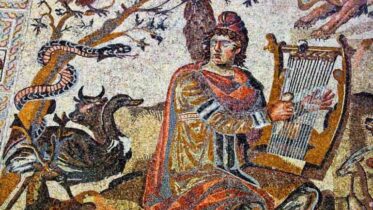It seems we can’t find what you’re looking for. Perhaps searching can help.
12 Major Japanese Gods and Goddesses You Should Know About
Introduction to Japanese Mythology When we talk about the Japanese gods and goddesses, we must understand that much of the mythology and pantheon is derived…
Read More








